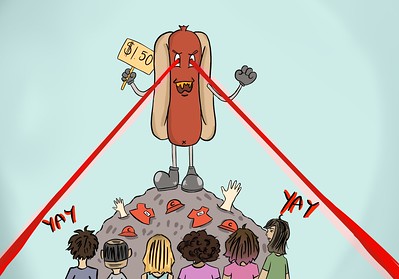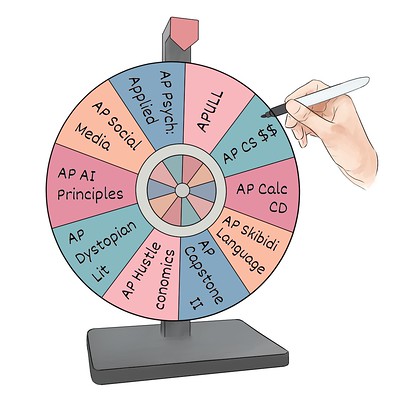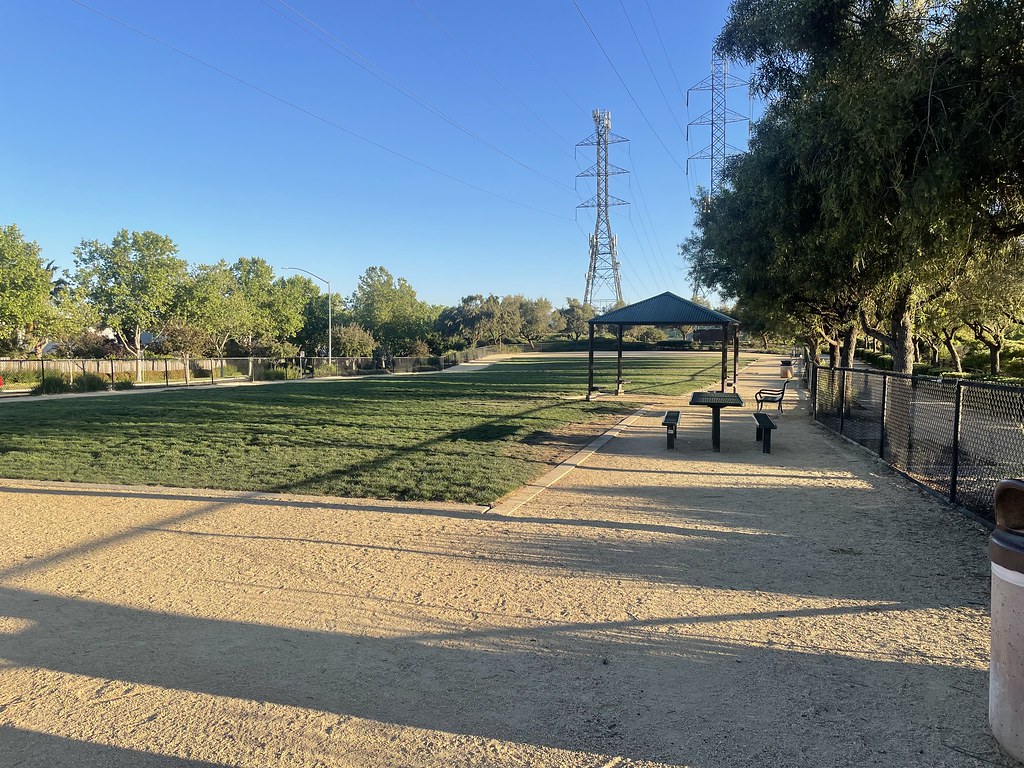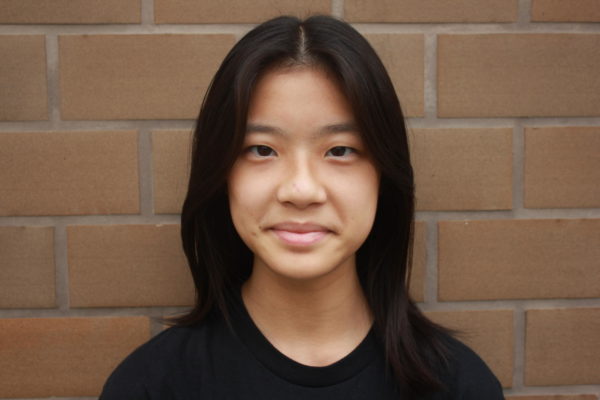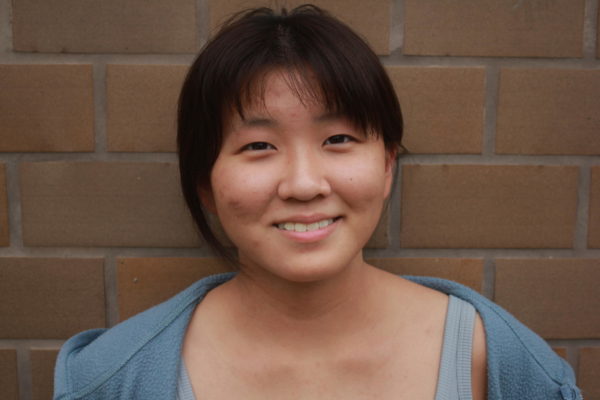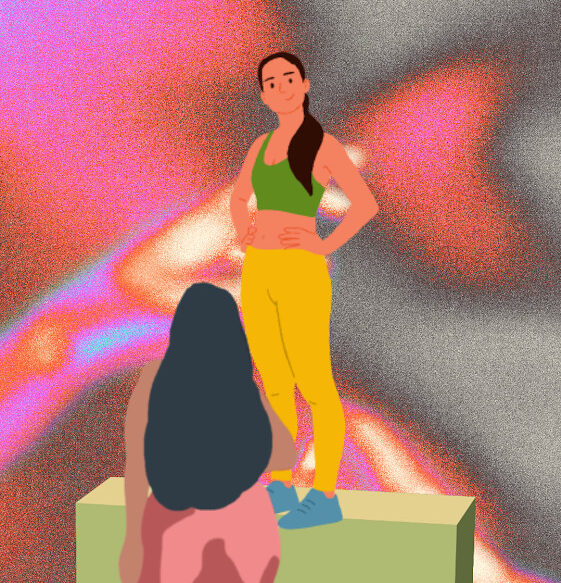
Be body positive, and love your body. It’s that simple. To the surprise of the body positivity movement, following this fantastically thoughtful message is easier said than done. Despite the movement’s toxicity, it’s defined as an unabashed praise of body types that are typically rejected by society. However, this “representation” is deceivingly counterproductive. Instead of highlighting the beauty of bodies, the movement chooses to isolate individuals for the number of rolls or amount of cellulite they can show to the camera. In reality, the body positivity movement lures its followers into an alienating sense of isolation, dissociating the consumer from a healthy relationship with their body.
Consider why women with slim legs and concave waists have glittering body image. It’s not that slimmer legs are faster but that women who have these features are portrayed as beautiful. The very basis of body image relies on one’s external influences, whether that be from social media, TV shows or societal norms. The result is that people take pride in their bodies only after seeing them validated in media. When the body positivity movement suddenly attempts to transform this concept of body image for those who don’t adhere to the beauty criteria above, followers of the movement begin to prioritize their body because of how wonderfully it’s been posed on TV. Considering how unpredictable and uncontrollable representation in media really is, it’s unrealistic and unsustainable to base one’s body image solely on how it’s been publicized.
This reliance of body image on representation is only even more unsustainable, because the movement itself already has difficulty keeping up with the broad demands of inclusivity. There will always be models who have the occasional body roll and droopy stomach, but there are hardly any models with cuffs of body rolls adorning their arms or stomach pouches that hang towards the floor. Considering that body positivity was birthed on the Fat Rights Movement, it’s ironic to see that individuals on the end of the spectrum are so rarely showcased. Of course, there will be the occasional 6XL model, but it’s too difficult to find them dawning the scene of the latest body positivity campaign. It’s unreasonable to expect that every model in an advertisement is in the 300-pound range, but it’s not unreasonable to expect that these models appear once in every campaign, or in at least every other.
To make matters worse, the way that the movement discusses representation only divides the overweight community further from the non-overweight. Imagine the average body positivity campaign. There’ll be around ten models lined up in frame — of which only three are people of color — laughing and bending over to showcase their wonderful and “revolutionary” bodies. Shoulder-to-shoulder and crammed into the frame, campaign managers try to show off their bold and glaring happiness that viewers are supposed to resonate with.
The issue is that this type of campaigning doesn’t exist anywhere else. Outside of the body positivity movement, women aren’t mashed together to milk out every token of representation or directed to pose in a way that showcases their flaring content with their bodies. Instead, women are showcased as individually beautiful and characteristically defined. The audience isn’t directed to the number of rolls they have, but instead the way the clothing or makeup couples to create an image that’s particularly gorgeous or lively. Instead, the body positivity movement chooses to hyperfixate their audience on the image of a body alone, and not on its compatibility with the model or ability to flaunt some sexy personality that’s found in every other type of modeling. Representation isn’t representation if it means simply maximizing exposure to how different bodies look, because people already know that. Representation is meant to showcase these other bodies in a way that emphasizes that they’re natural and beautiful, and trying to exaggerate that with several overweight models shoved next to each other isn’t the right first step.
This form of representation actually has the tendency to make individuals feel worse about their relationships with their bodies. Transitioning from discontent with one’s body image to forcing the gleaming smiles seen in media isn’t an easy feat, and the process is much more isolating than it’s given credit for. In most body positivity discussions, women are often told to begin loving their bodies simply because they’re beautiful and audiences should understand that. However, they’re never taught how to do so. Although it may seem unnecessary, the reality is that seeing a body positive model won’t change the game for an overweight woman. In fact, if they’re surrounded by images of overweight models being so intensely content with their bodies, they may feel frustrated as to why they can’t feel the same way.
So if the body positivity movement doesn’t make us feel content with our bodies, then what should our community rely on in the process of healing body image? The answer is body neutrality. Unlike body positivity, neutrality calls for an acceptance of one’s body, rather than the gushing embrace that positivity may call for. Not only are these expectations much more sustainable and accessible for the larger community, but body neutrality removes the harmful hyperfixation on body image as well, instead targeting acceptance of the body for what it is: a husk that’s brought to life by who you are.

